The Intriguing Interface between Indigenous Art and Modern Design
Art has always been regarded as a captivating instrument of expression and communication, often reflecting the societal structure, conventions, and cultural fabric of the periods they were conceptualized. Indigenous arts, deeply imbued with culture and tradition, have long inspired and been incorporated into contemporary design concepts. This article probes the mesmerizing interface between traditional indigenous art and modern design.
Influence and Contribution of Indigenous Art Forms to Contemporary Design
The rich cultural and historical elements in indigenous art forms have significantly shaped contemporary design theory and practice. For this reason, modern designs are experienced as more than just aesthetically pleasing - they communicate stories and portray cultural identities and symbols that resonate with numerous audiences across the globe.
This creative amalgamation has manifested in various industries, from fashion, architecture, marketing, to various digital and graphic forms of art. This cross-cultural fusion has paved way for a deeper appreciation of indigenous art, subtly introducing the world to the rich cultural integrity and beauty that it encapsulates.
Notable Examples of Indigenous Art Influence
Many artists and designers integrated indigenous art influences into their work successfully. A notable example is fashion designer Stella Jean, who infuses traditional African prints into her chic designs. The famed architect, Douglas Cardinal, has integrated organic shapes inspired by indigenous North American cultures into much of his design work.
In the graphic design world, artist Steven Paul Judd portrays his Kiowa and Choctaw heritage through various digital art forms, creating powerful visual narratives that highlight Native American cultural stories.
The Importance of Indigenous Art in Modern Design Sphere
The significance of integrating indigenous art forms into contemporary design goes beyond the aesthetic value of the designs. It provides a platform for these cultures to reclaim their narratives and reshape their representation, contributing to a more inclusive design culture that respects and appreciates diversity.
It also stimulates creativity and innovation in design, opening up new possibilities for creative expression. The distinctive aesthetics radiates in the artworks, capturing the vibrancy, dynamism, and organic qualities of these age-old cultures batting for their rightful expression.
The incorporation of indigenous art forms into modern design is a celebration of the diverse cultures of the world. The unique elements from these arts not only contribute to creating compelling designs but also to the conservation and propagation of cultural heritage.
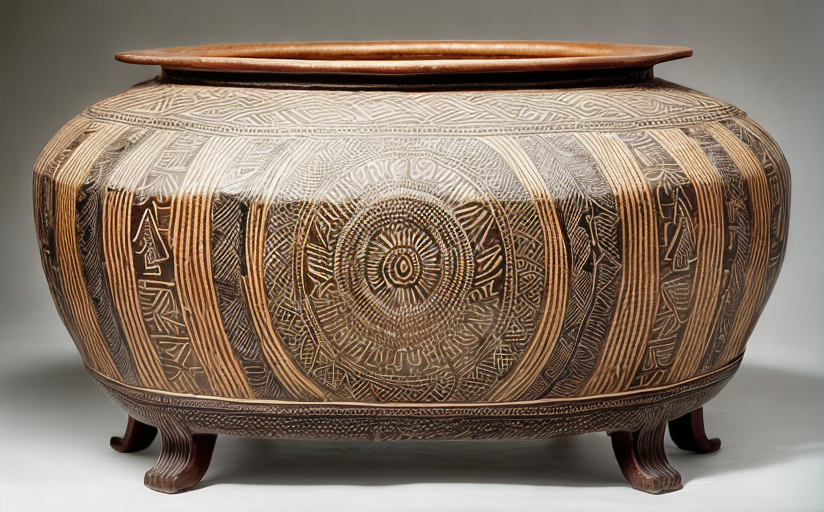


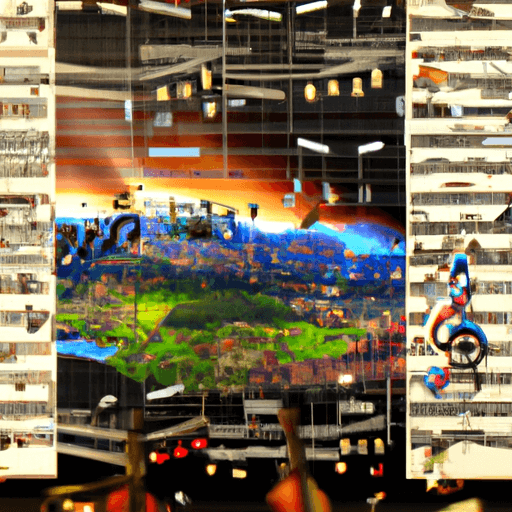

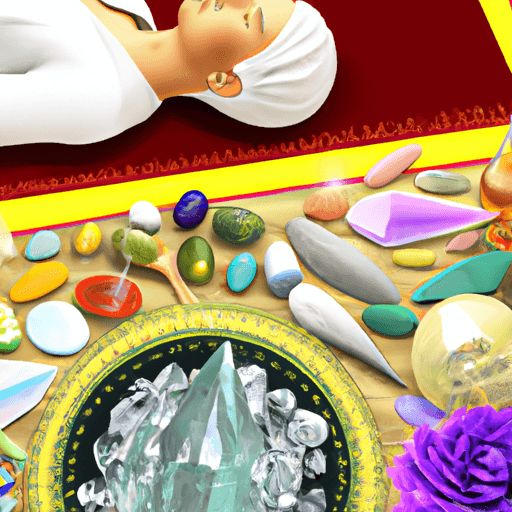




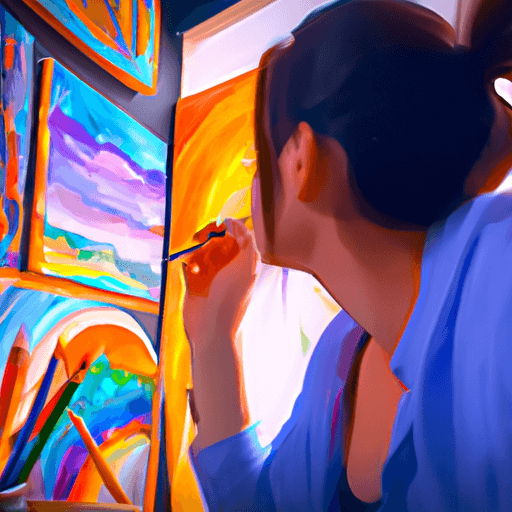

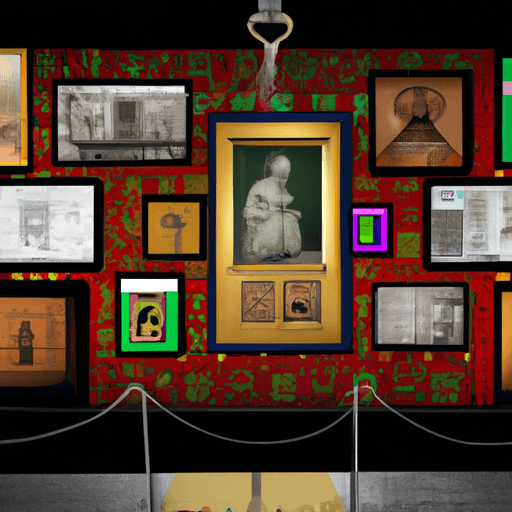

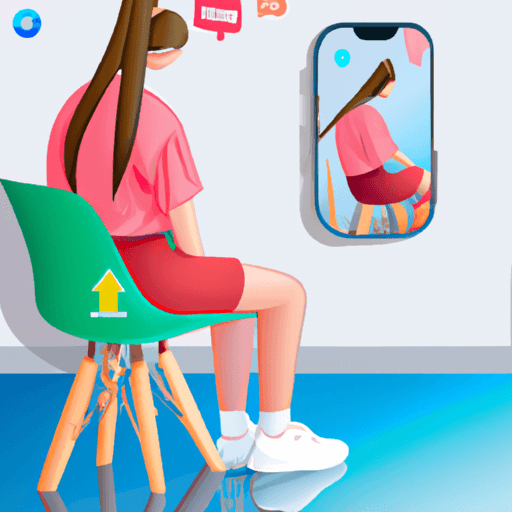
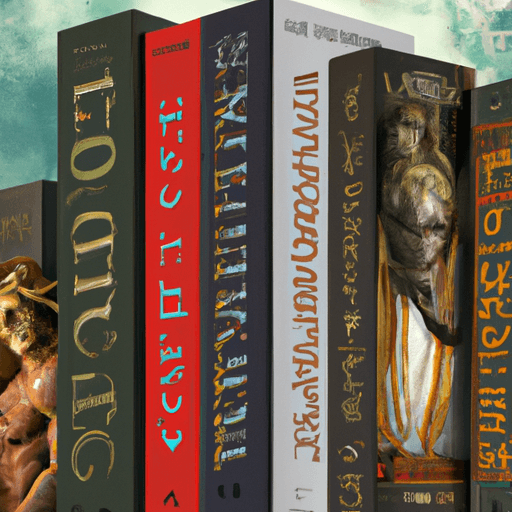

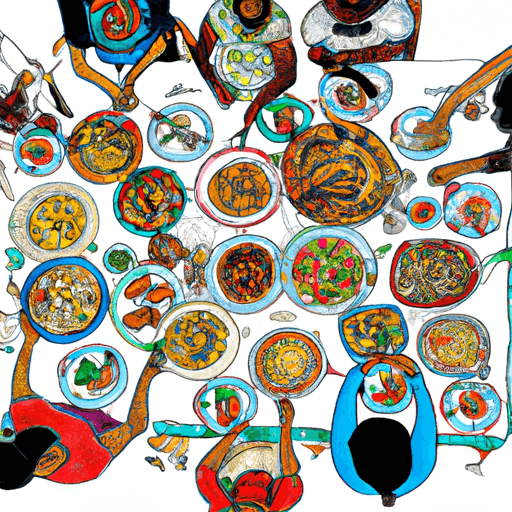

Comments
Leave a Comment